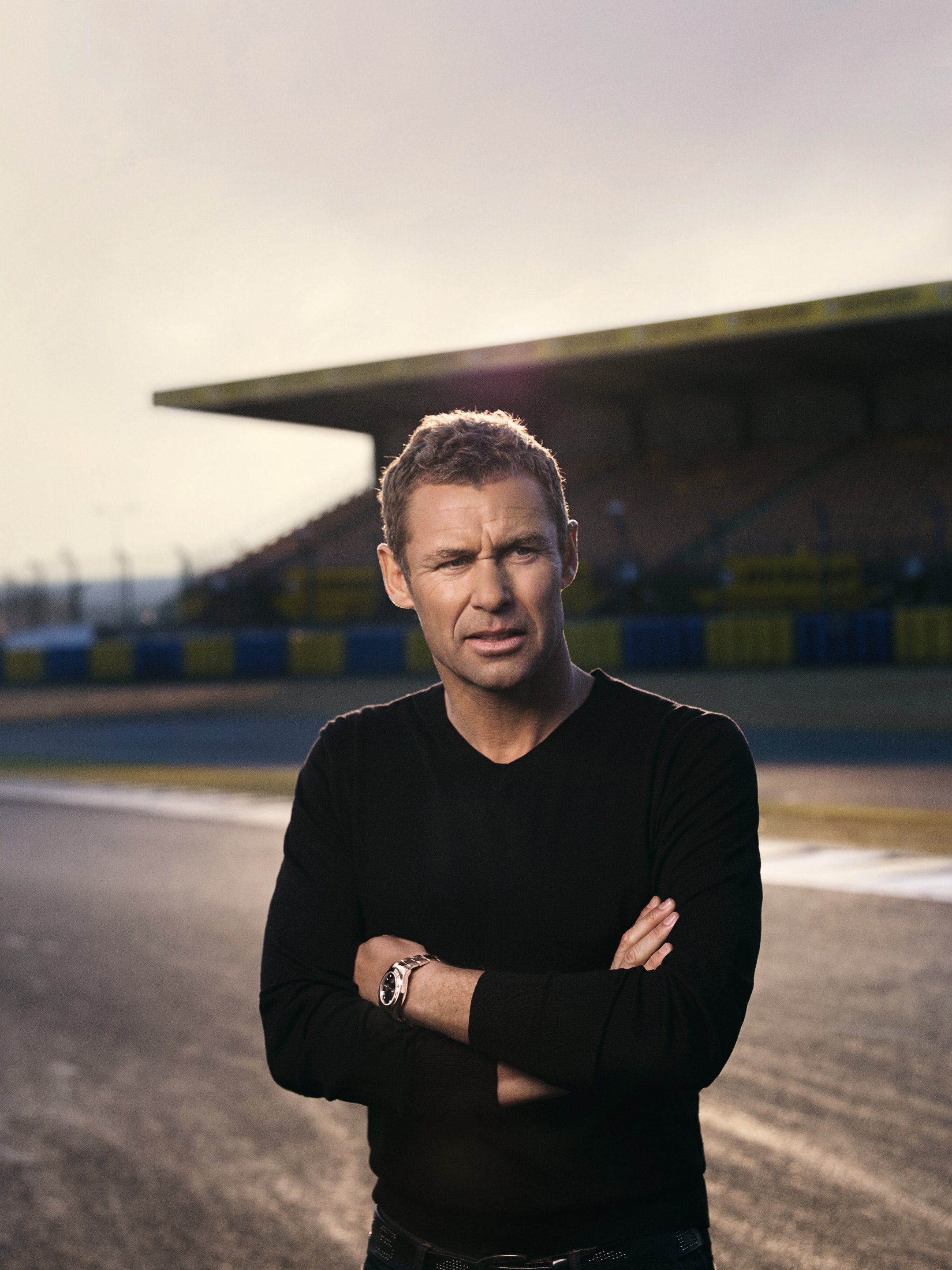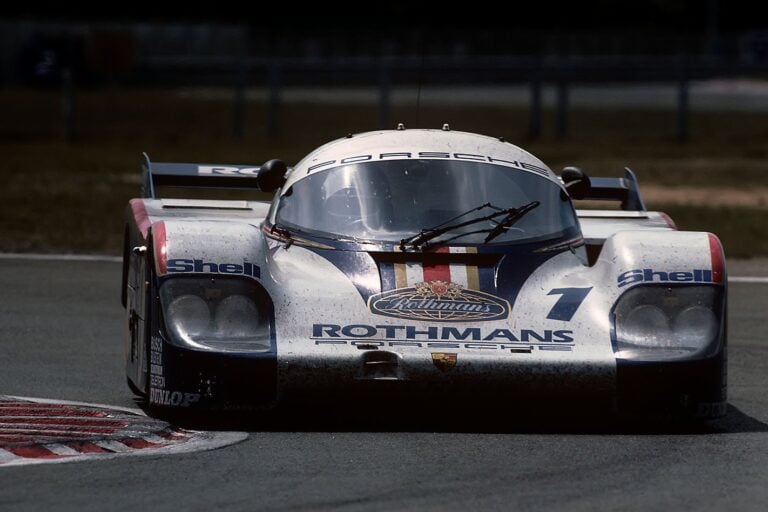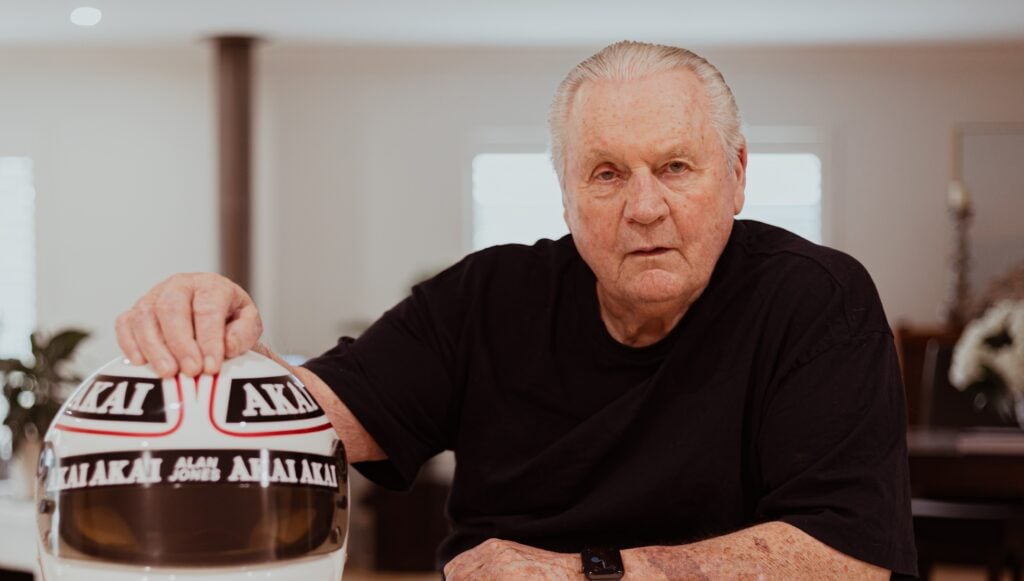What would you say to someone planning to attend the 24 Hours of Le Mans for the first time?
When I first went there I was taken by, you can say, a storm about the whole thing. You really knew this was a special place. You really feel that sort of energy. The history and heritage, it’s going to hit you in all places.
As a spectator, I’d suggest if you can get one to one the locations like Indianapolis, right in the forest. There are a few shortcuts to some places, but maybe just go the traditional way to see the cars at high speed. Don’t just fall for the trap of being around the paddock and the tribunes around the start-finish straight. Get out and see where the car is really arriving at 330, 340… and then nailing it on the brakes going into these very special corners.
What specific preparations do you take before an endurance race, and how do you manage the pressure that comes with racing?
[Before a race] you know already the energy is changed in the whole team – the engineers, the mechanics, your teammates. You really feel this is an important one and so there’s a lot of inner strength that you want to do really well. You don’t want to make mistakes. You want to be fast. You want to be consistent.
I tended always to do a lot of fitness training. It gave me the inner will or strength or confidence to say, yeah, I’m in pretty good shape. I made sure that I was durable by doing things like running and cycling, and mixing it with – well, nowadays it’s paddle, but back then it was squash or tennis. Games where you had to have a small focus because it’s always the small mistakes {that count} when you lose a race or even when you crash.
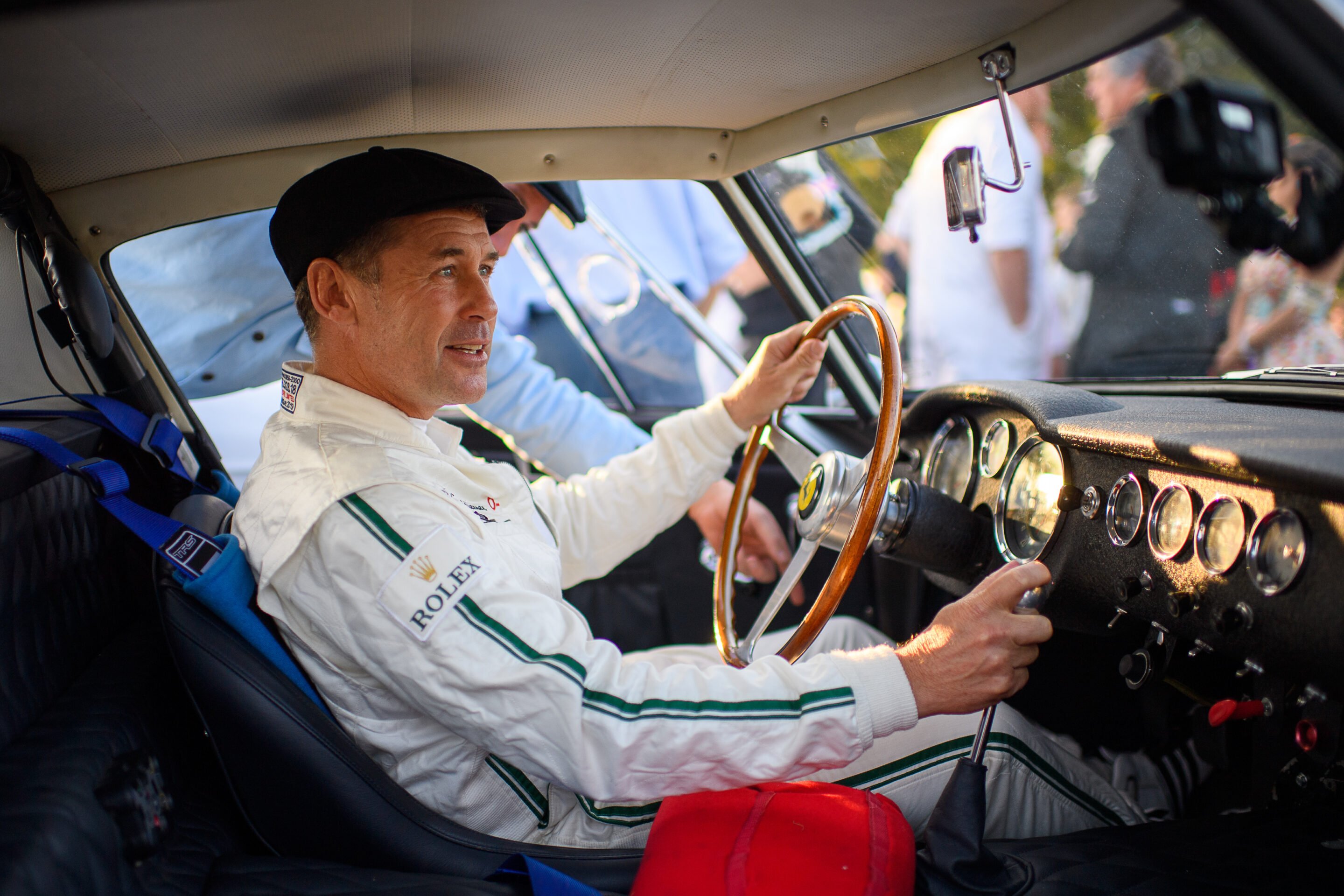
You also take a deep look into the bad times. You take a deep look into the times when you didn’t succeed. And when you dig into these things, you can really go a long way in ensuring it doesn’t happen again. Defeats like 1999 at Le Mans with BMW, retiring. We were nearly four laps in the lead … we had 17 minutes in the lead. Those 17 minutes is the most devastating time of my professional life.
When you need to dig deep, I just think a little bit about those times. Then I can tell you I can go a long way further with whatever whatever issues or problems or challenges I have right in front of me.
In your career, did you have a moment where you had to completely change your approach to a race in order to secure a win?
In these endurance races – and especially at Le Mans with the rain and the night sessions – you always have to have the ability to sort of switch focus. Endurance races are very unpredictable many times, just with traffic. Every lap you can pass between seven or even 11 eleven cars, and you have to be razor sharp in the way you approach every corner.
And driving in the rain. It’s a 13.68 kilometre long circuit, it’s three times longer than a conventional Formula One circuit. The rain can start at some places and only wet part of the track , not the full circuit, so that creates a bit of drama to work with your team, with the engineers, what tyres you should be on.
Mentally, that’s where you have to change your approach to win the next corner. If you want to win this [wet] part of the track, then you’re going to crash. Giving yourself the freedom of being a little bit slow now to optimise for the situation.
From your perspective, do you think your record will ever be broken?
No, no, never [laughs]. No, I hope so in one day. I was really happy the way that Jacky Ickx, he embraced me winning because when I won my seventh Le Mans victory in 2005 and surpassed his record.
Going back to the hotel, I started to listening on my mobile phone and on my answering machine, there was a message from Jacky Ickx already. He was saying, “Tom, how wonderful, unbelievable, you deserve this. I’m opening a bottle of champagne with Katja, his wife, and we are celebrating you beating my record.”
So I’m just saying that if somebody beats my record, I will do it like him.
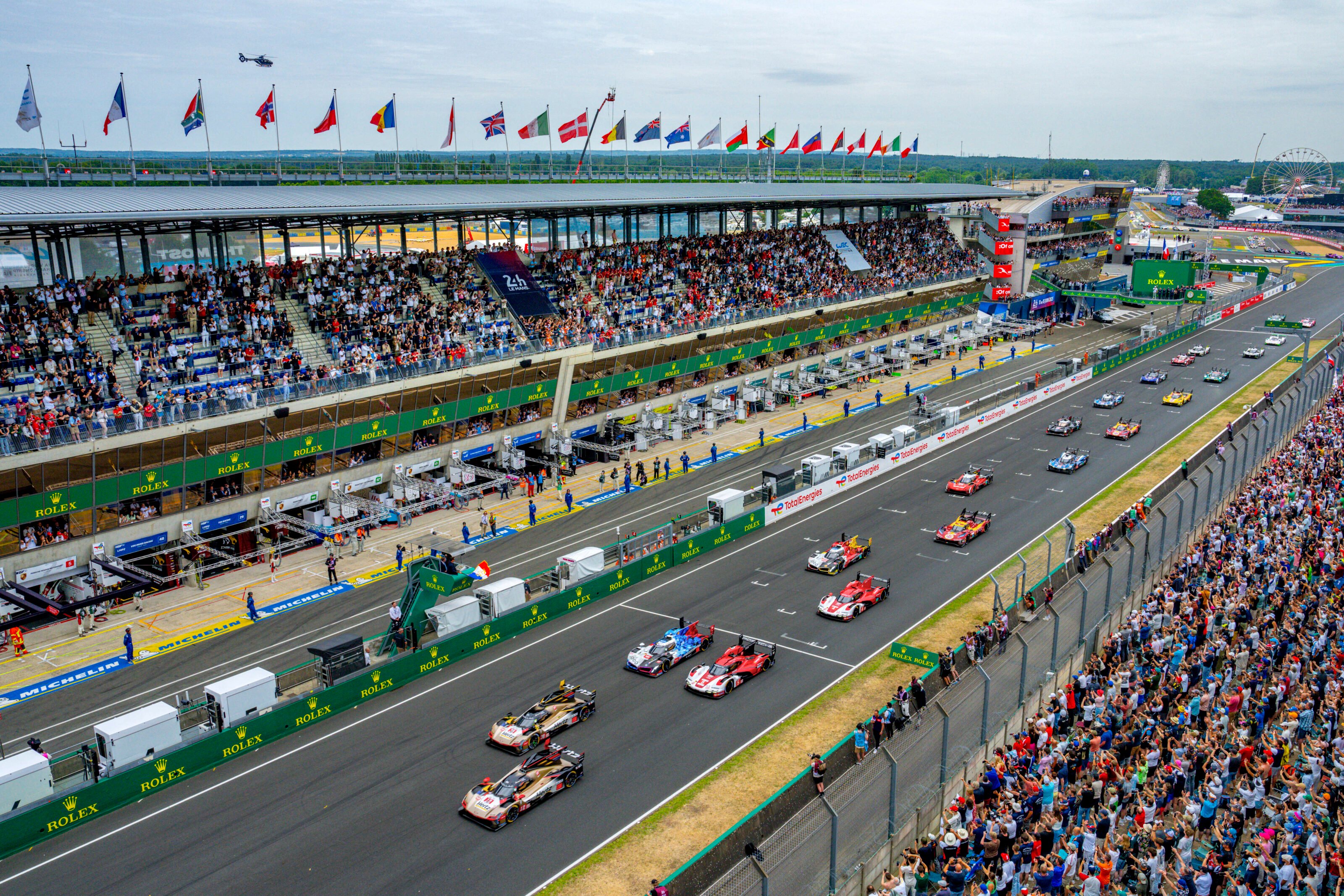
How has Le Mans changed over the years?
Over the times, the three decades I have been there racing, a lot of things have evolved.
The light technology going from halogen to xenon, going into LED. My last couple of Le Mans races, I had high beams with laser light. That technology helped me, especially at night.
The race itself, they have put some new tarmac onto the racetrack. They have made the racetrack more safe.
They’ve moved a lot of barriers and – I would say – made it more forgiving as well in many ways. They put a lot of stadium lights around the circuit, which is perfect for us as the fans as we can really see the cars perform, but it also makes it easier to drive during the night.
Certainly the first races at Le Mans, it was dark everywhere, apart from the pit and the pit straight and the pit lane. You needed to have clean headlights to make sure you found the way.
Also, what you see now is that there are so many manufacturers which you can easily identify. You can watch any car and you can see that’s an Alpine, that’s a BMW, that’s a Ferrari, that’s a Porsche, that’s a Lamborghini.
The cars are a little bit heavier, a little bit less powerful, a little bit more simplified, but they are much more on a level playing field. And that means any mistakes at Le Mans nowadays, it can be more difficult to recover from. It’s really important that you are extremely clean in your strategy and your approach to the racing.
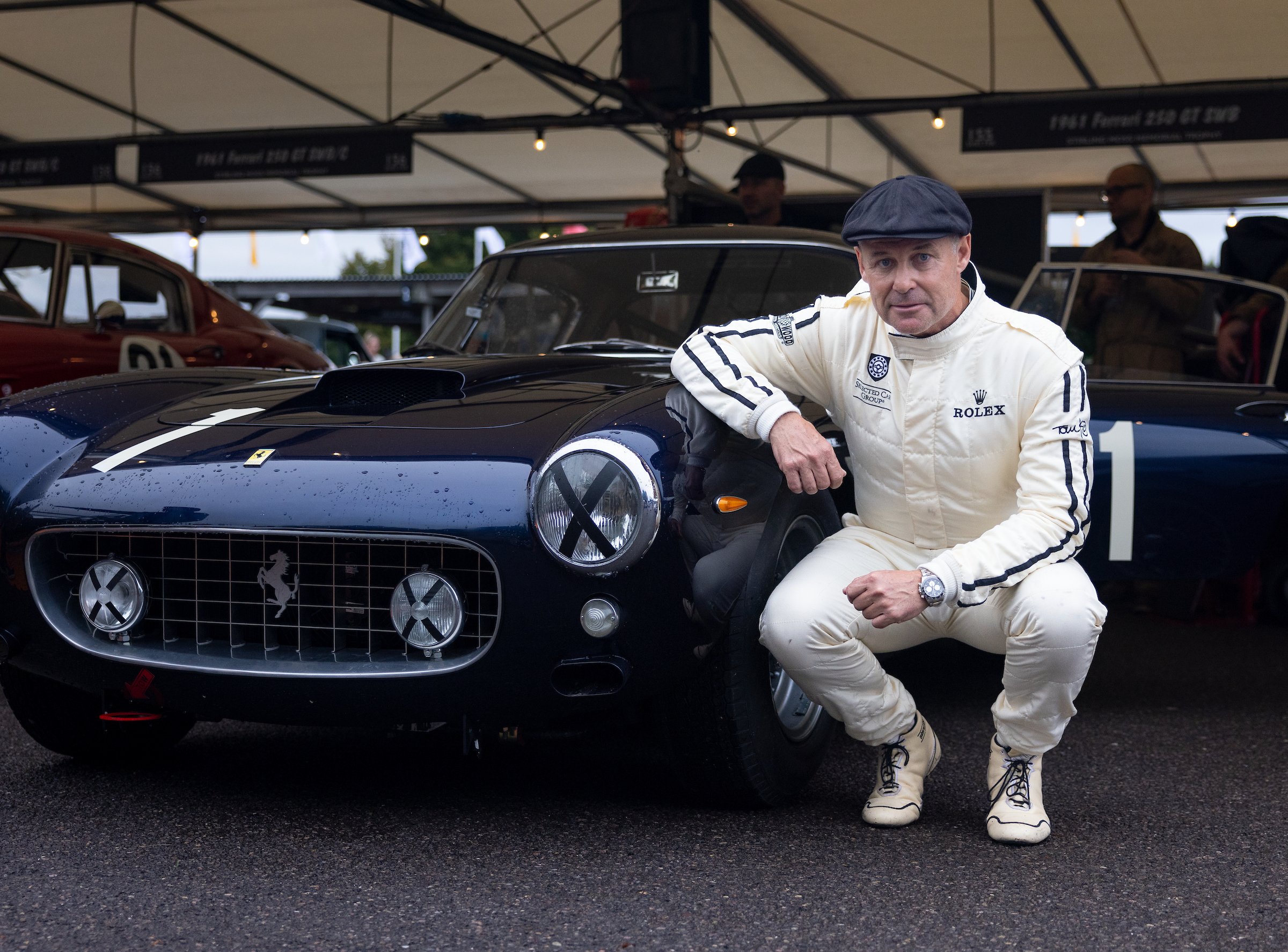
Are you truly happy talking about past achievements or does an old car racer always miss the pure adrenaline of racing?
Yeah, I mean, a private answer would be, yes, I do miss it. Because once a racer, always a racer.
The adrenaline, the rush you get from the very first time I was sitting next to my father in a Ford Escort Mark 2 driving through a forest, not being able to see anything else than trees. And this will always be there. But I have never regretted the time I stopped. Look, I was 47 when I retired and I saw people over 50 who were still racing and I didn’t want to be that.
I definitely wanted to stop when I was still pretty rapid. And I’m happy I finished my last race on the podium. Otherwise, I might have been thinking about a comeback. I’m really happy to still work within the sport and happy to get my adrenaline from commentating or watching the races.
And I get to drive a little bit sometimes in some historic events, like Goodwood in the UK, supported by Rolex.
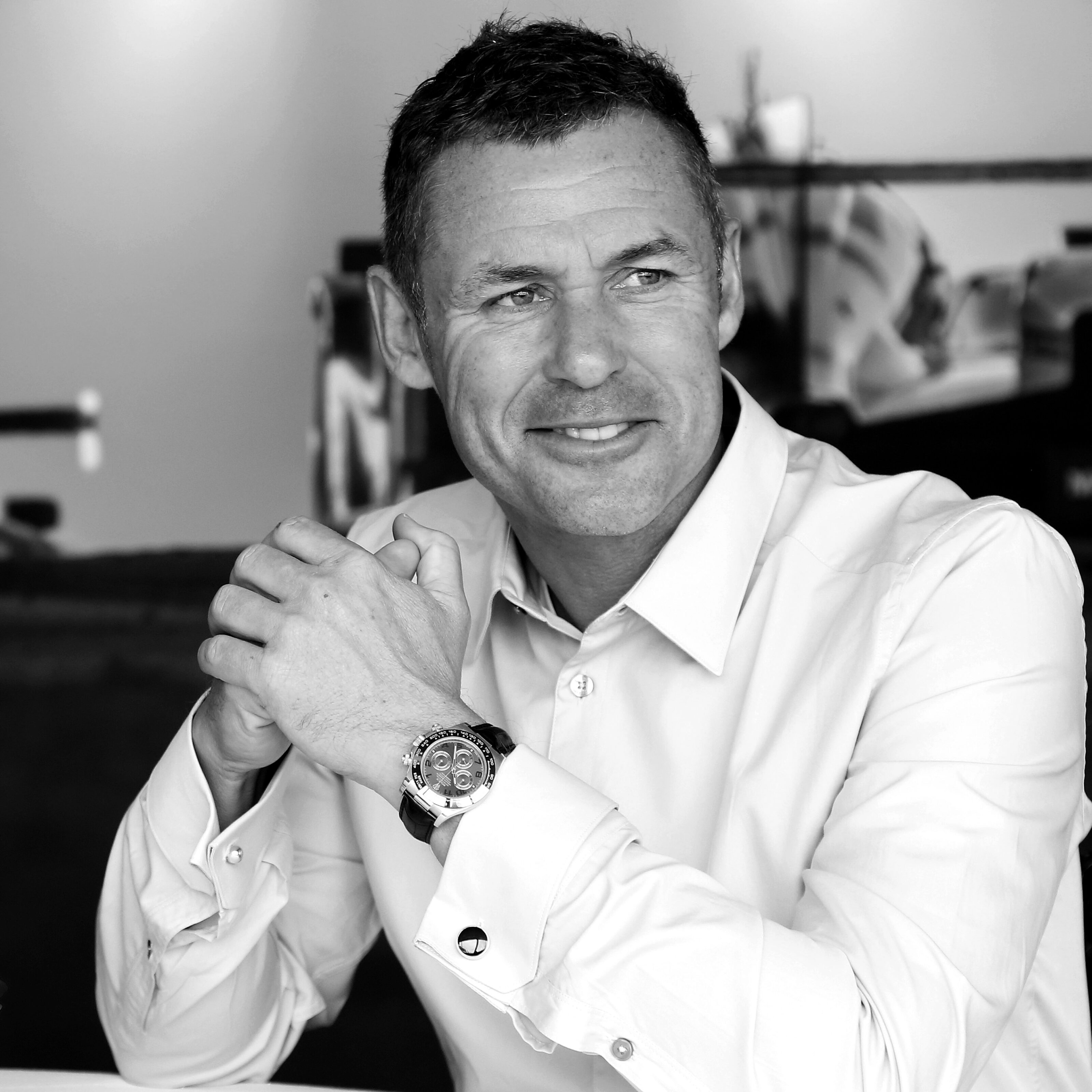
You’ve been a Rolex testimonee for 15 years – can you share some of the memorable moments that you have experienced with the brand?
I can only say I was extremely proud when they kindly reached out to me and said they would like me to be involved as a testimonee in the years going forward.
And 10 years [supporting] Formula One, Le Mans since 2001. And the Pebble Beach motorsport reunion, the Quail, all the things which happen around the Concours d’Elegance. Rolex is the only one supporting all these fantastic historical events.
Since 2010, I’ve also gone to Goodwood and, in the last five years, it has been every year. I’m now a house captain and the Goodwood revival is a great way to celebrate. And the way Rolex supports that is unique.
I remember Le Mans in 2005, being on the podium and receiving the green box [with a Rolex watch]… I have special memories around that watch. And if it’s not on your arm, you want to know where it is. And sometimes when I’m traveling or whatever, I can sometimes think, oh, by the way, where did I put the watch? And then I need to call my wife or call one of my kids just to make sure it’s secure.
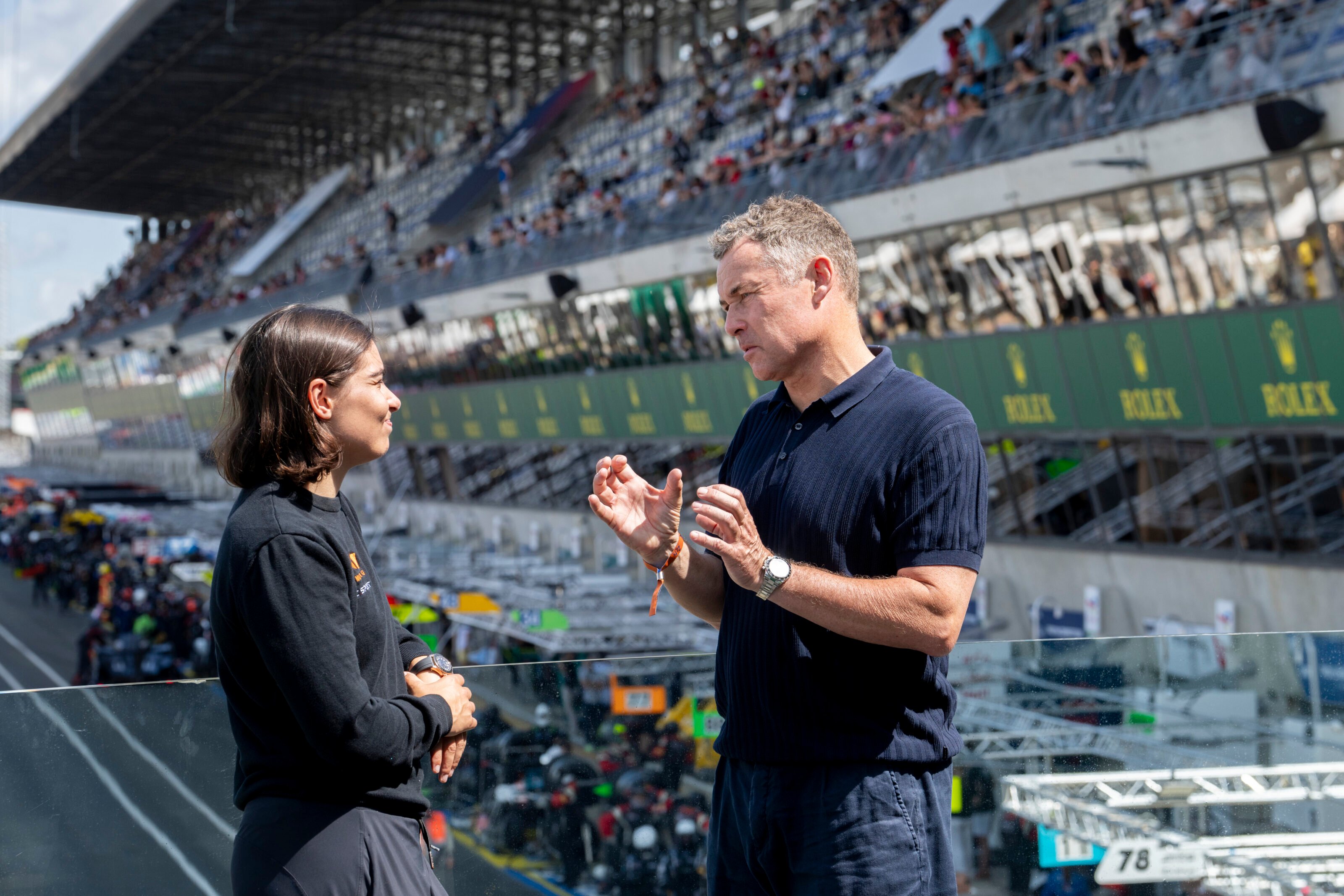
How has your perspective on time, both as a racing driver and as a person, evolved over all of these decades?
Now I’m old enough to say time is precious. The older you get, the more you value it. When I was racing, it was all about compressing time, making time as short and fast as possible. And after doing that, then you have to make it consistent. It’s one thing is to be as fast as possible but then you are asked to do it consistently.
This was the way to perceive time for me, when I was racing, because that was what gave me the chances, more possibilities to progress in motorsport.


